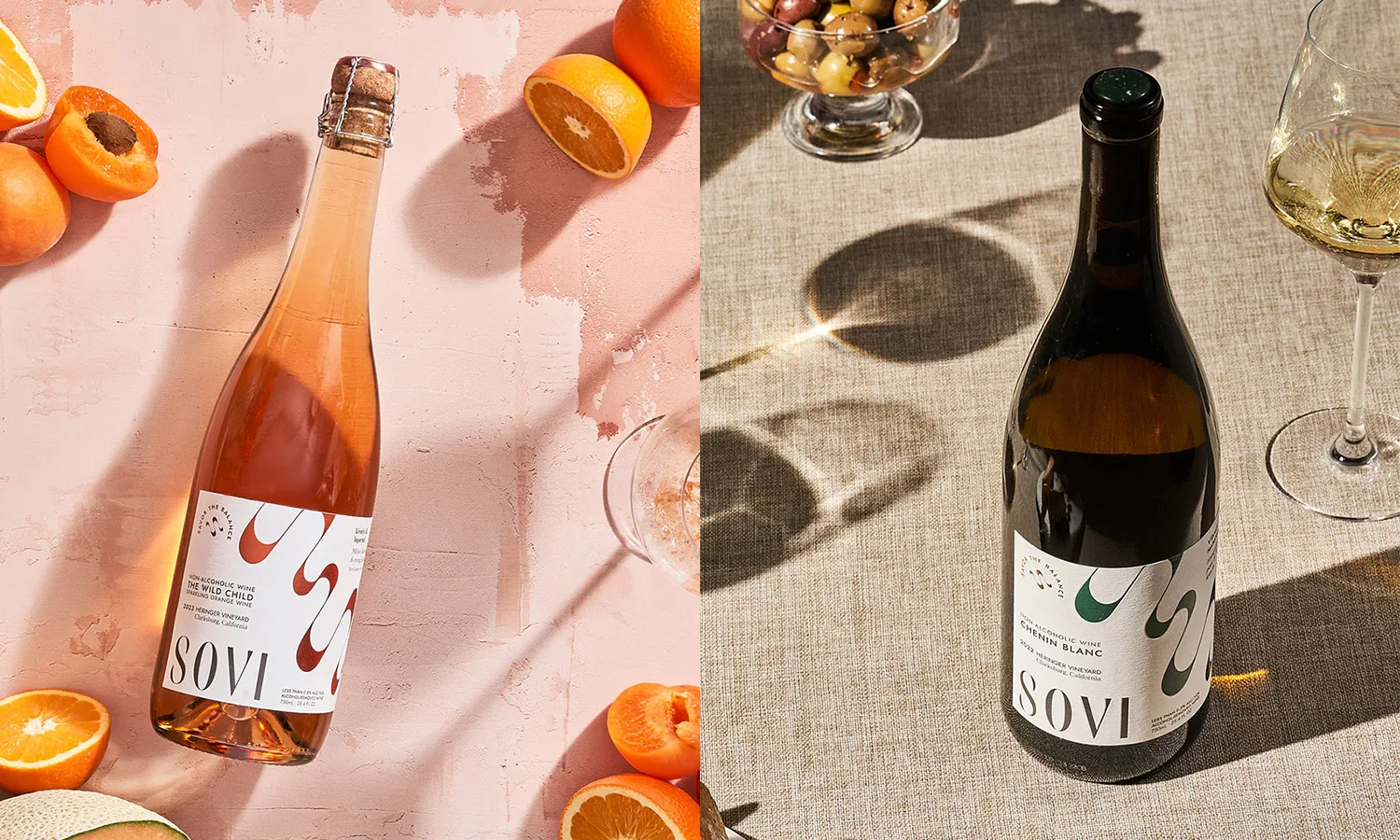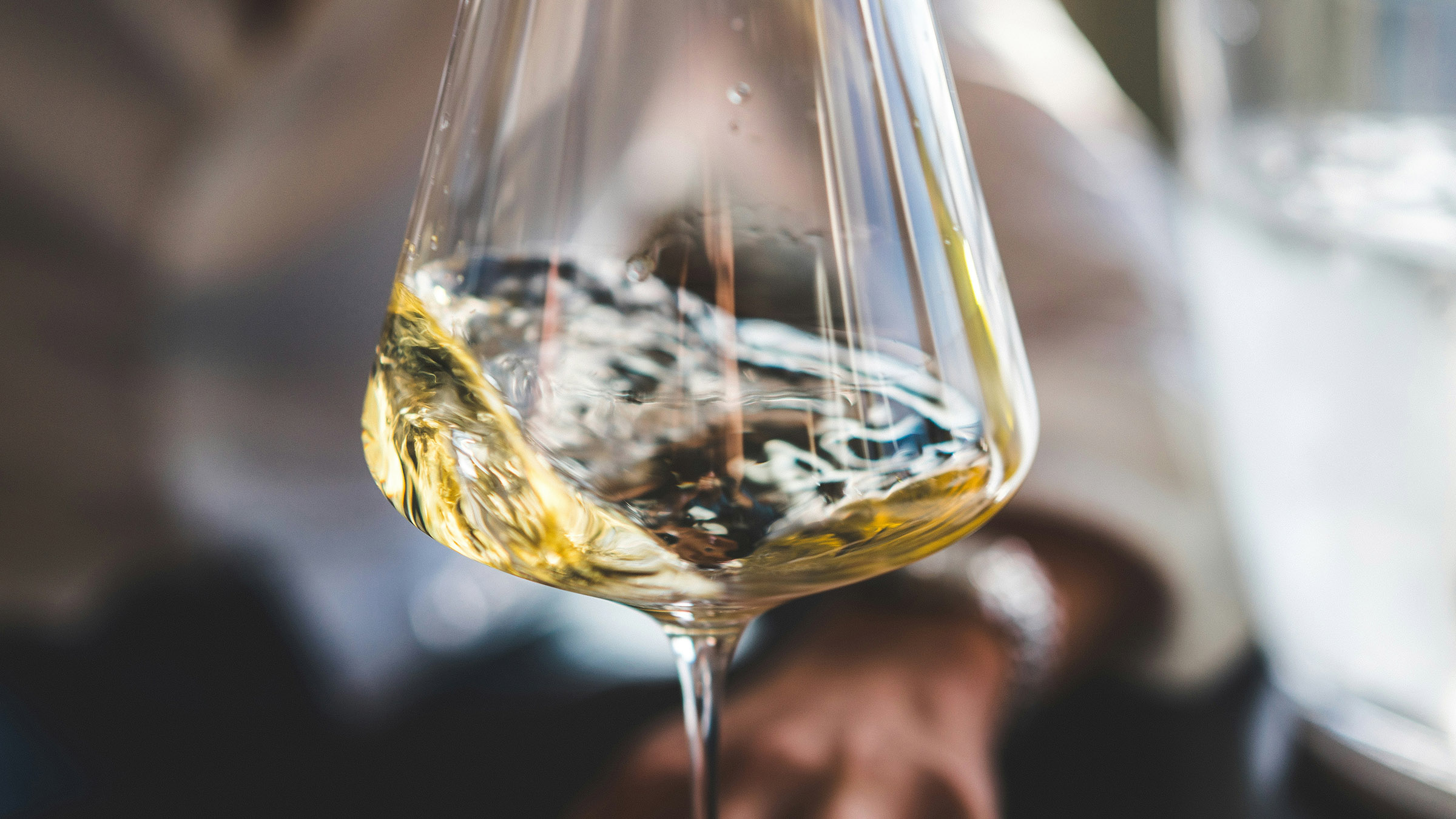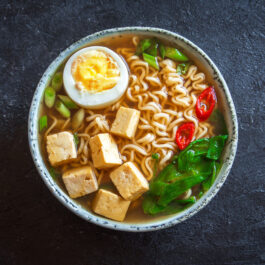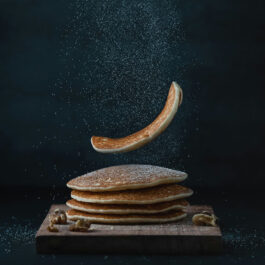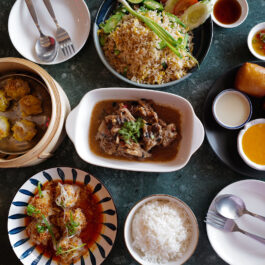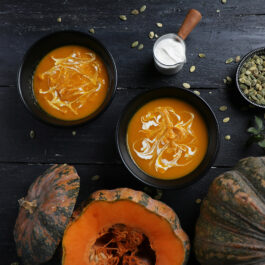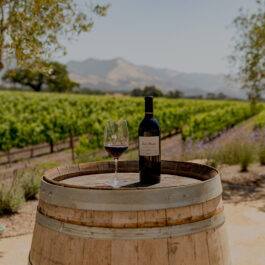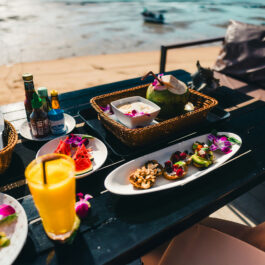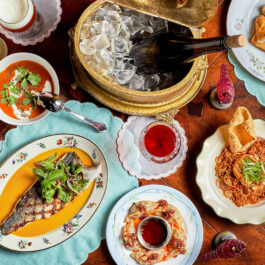As much of the world’s wineries gear up for the harvest, not everyone is looking forward to their first autumn glass of Beaujolais. The sober-curious movement marches along, and non-alcoholic wine is the next frontier.
If you’re wondering what exactly constitutes non-alcoholic wine, you’re not alone. In a world of clever infusions and zero-proof beverages designed to resemble spirits like Aperol, gin and tequila, wine-flavoured water seems plausible.
And yet, the idea of an artificially produced wine is somewhat unappetising at best – and downright blasphemous at worst. For true connoisseurs, the unique symphony of grape variety, climate, soil makeup and traditional winemaking techniques are as important as the flavour and aroma profile in the glass. It may come as no surprise, then, that global winemakers have found a way to stay true to their roots while satisfying the low- and no-alcohol market.
Mathilde Boulachin, founder and CEO of Maison Chavin, has led her team for over a decade to produce alcohol-free alternatives that embody the spirit and tradition of French winemaking. Born and raised in Champagne, in a winegrowing family, Boulachin is adamant: “My background in traditional winemaking has taught me the importance of respecting the terroir, maintaining authenticity and committing to quality. These fundamental principles guide our approach to creating alcohol-free wines.”
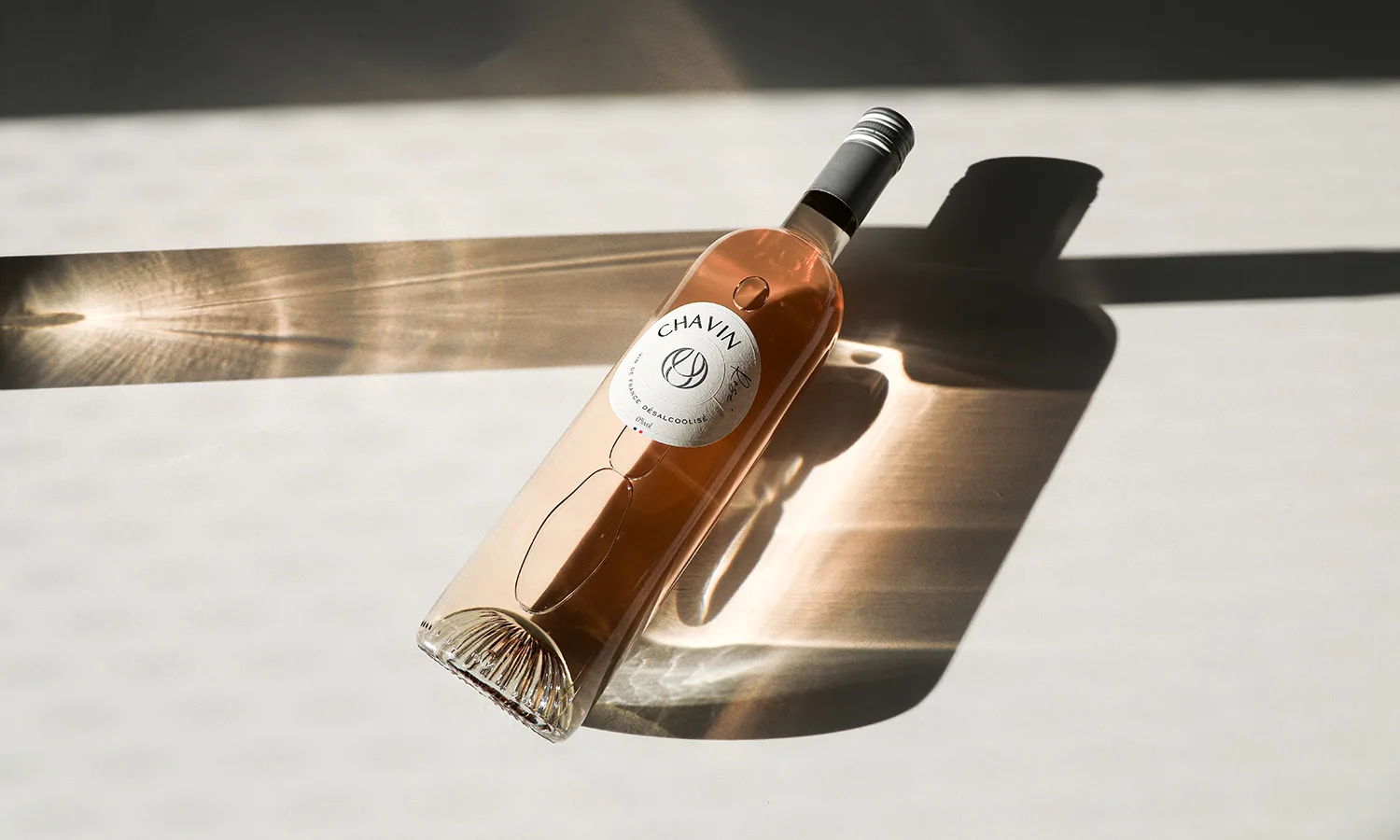
So how exactly does it work?
Alcohol is a by-product of fermentation; with the exception of fortified wines like Marsala, sherry and port, the final measure of alcohol by volume (ABV) happens naturally during fermentation. Instead of starting from scratch, non-alcoholic winemakers simply added a step to their age-old method: grapes are grown, harvested, crushed, fermented, blended and aged, just like traditional wines, but then the alcohol is removed from the wine in a process called de-alcoholisation.
In fact, many of the leading alcohol-free wine brands are simply an offshoot of an existing winery, some in operation for generations, like Maison Chavin.
Tradition means starting in the vineyard. At Chavin, oenologists work with Chardonnay, Sauvignon-Blanc, Merlot, Muscat or Cabernet Sauvignon, which Boulachin explains are particularly well-suited for de-alcoholisation due to their rich aromatic profiles and balanced structure. The idea is to retain their full complexity after the alcohol removal process, ensuring a wine that remains true to its origins.
View this post on Instagram
View this post on Instagram
Wine rarely surpasses 15% ABV, but alcohol plays a major role in the entire sensory profile of the wine, including texture and intensity of aroma. So the goal of de-alcoholisation is to maintain as much of the wine’s original character as possible. Once the wine is ready for bottling, the portion destined for the zero-proof market undergoes alcohol removal via several methods.
During vacuum distillation, wine is heated under a vacuum that lowers the boiling point of alcohol to prevent flavours and aromas from evaporating. Reverse osmosis, on the other hand, forces wine through a membrane with microscopic perforations that separates the alcohol and water from the natural aromatic compounds that give wine its flavour. The alcohol is then distilled from the other liquid, and the remaining elements are combined and reconstituted with the water. Another approach, the spinning cone column method, spins the wine in a high-velocity centrifuge, which separates alcohol through heat and force.
Winemakers utilise one or more of these methods to achieve the closest possible result to their traditional wines. From there, additives ranging from fruit sugar to natural flavours, thickeners (eg. Xanthan gum and pectin), naturally occurring acids like citric acid and malic acid, and stabilising antioxidants like ascorbic acid and sulphur dioxide, may be used to restore body, flavour and aroma.
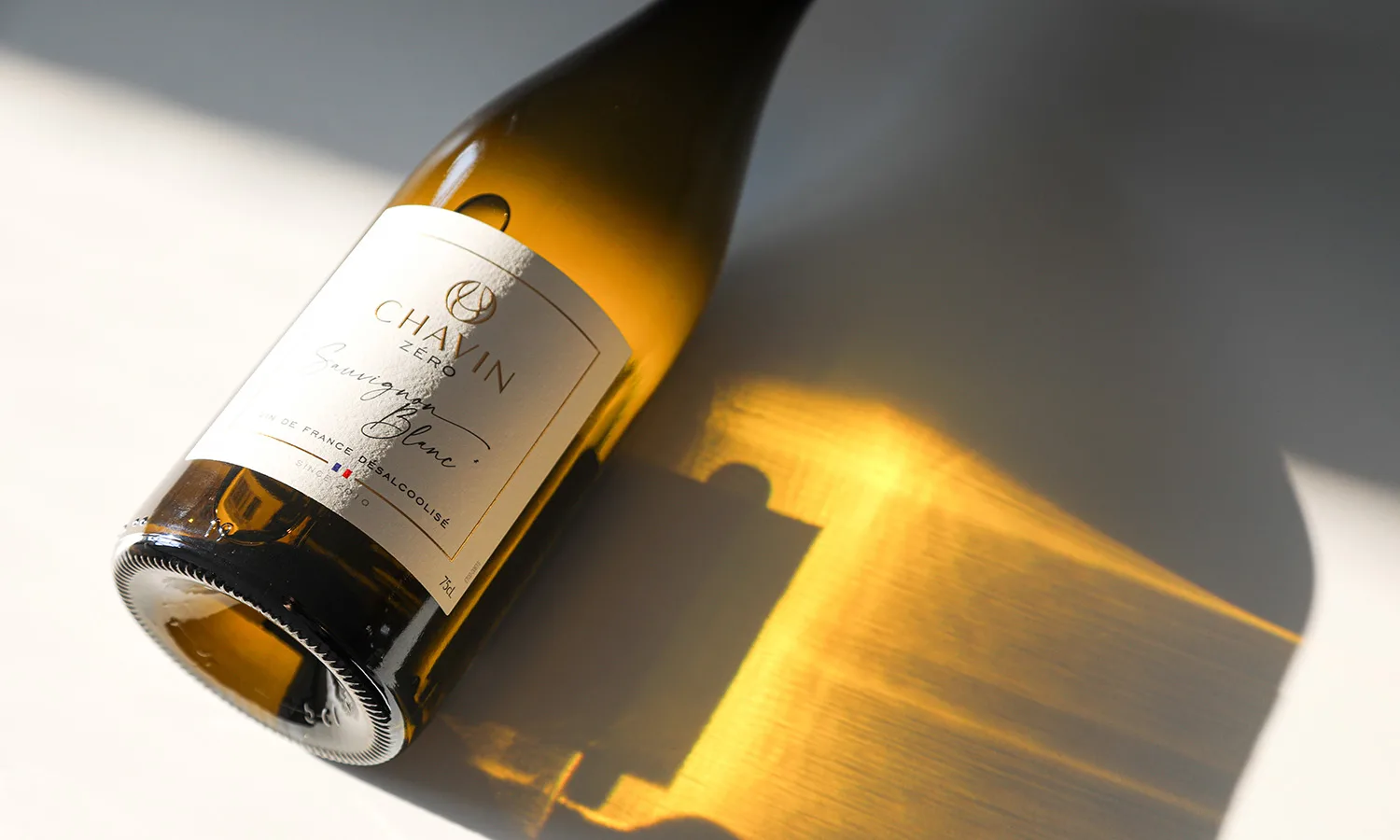
Chavin Zéro Vin De France is one of several collections that aims to capture the very essence of the grape varieties employed, while offering a modern, accessible alternative that honours the values Boulachin grew up with in the winery. “For me, innovation while respecting tradition is totally possible and is a must to succeed in answering consumers’ needs,” she says.
The efforts of enterprising non-alcoholic wine producers have paid off, and many wine lovers looking for a lifestyle change are embracing zero-proof bottles for everyday drinking as well as special occasions. Sparkling non-alcoholic wines are ever more popular, as the right amount of carbonation also lends a bright, crisp and familiar fizz to Champagne or sparkling rosé-based wine.
At Chauvin, in order to preserve the legacy of their namesake region, the sparkling wines are pumped with carbon dioxide until they reach three bars of pressure, equivalent to Champagne. The cork and bottle are identical to maintain freshness, fizz, and of course, style. Chavin wines are available in over 60 countries and are definitely paving the way forward while setting a high standard for zero-proof products.
More Non-Alcoholic Wines to Try
Leitz Eins Zwei Zero
Johannes Leitz hails from a centuries-old wine family in Rheingau, Germany. Their vineyards carpet a variety of altitudes and soil types, which are hugely influential on the final product. Leitz uses vacuum distillation to preserve the notorious hallmark of his namesake brand. Particularly beloved is the Eins Zwei Zero Riesling as well as Eins Zwei Zero Sparkling Rosé.
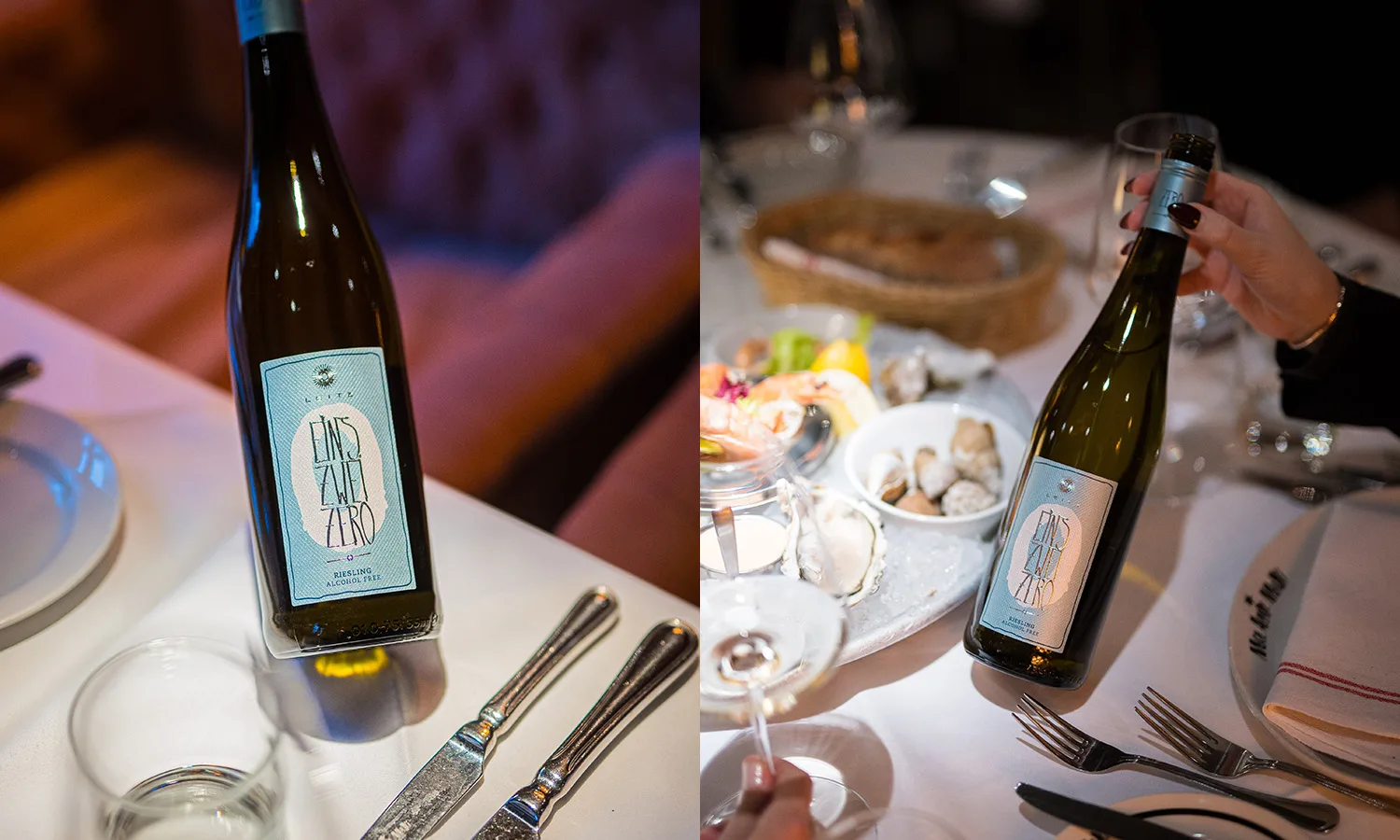
Sinzero
Chile has made a name for itself worldwide for producing wines of exceptional quality at approachable prices. The ample coastline and the Andean mountains that run the spine of the country create ideal conditions for full-flavoured wines. In fact, Sinzero’s Cabernet Sauvignon and Sparkling Brut (Chardonnay) exude particularly robust aromas reminiscent of their alcoholic versions.
Giesen 0%
This New Zealand brand has managed to produce a successful take on the Marlborough region’s signature Sauvignon Blanc with zero alcohol. This wine retains the distinctive fruity and refreshing quality and bright aromatics.
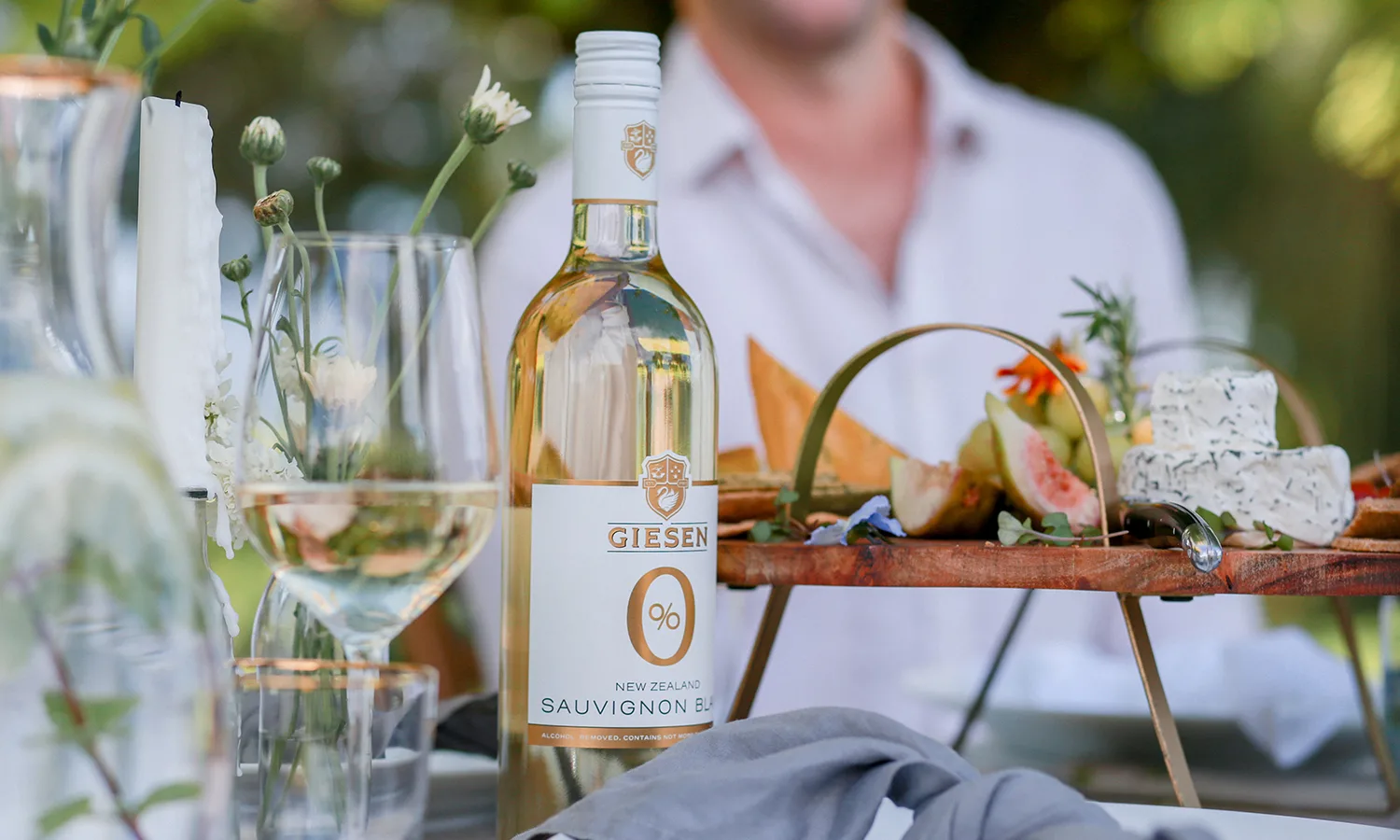
Torres Natureo
Iconic Spanish winery Bodegas Torres has maintained over a century of family ownership and conquered the world as a top name in Spanish wine. Their non-alcoholic wine line, Natureo, respects the same attention to detail as their traditional offerings. Bestsellers include Natureo Muscat and Natureo Rosé, a blend of Syrah and Cabernet Sauvignon.
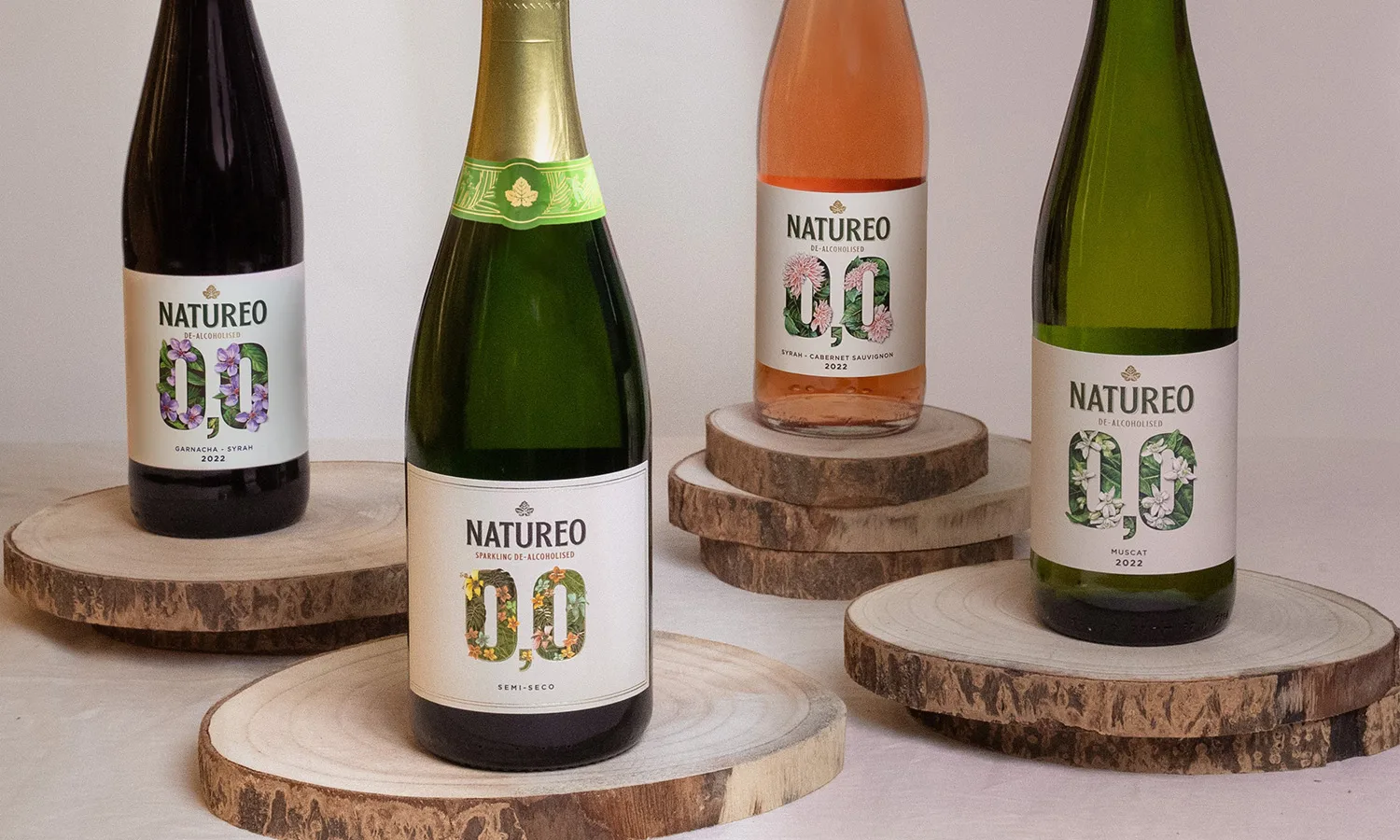
Luminara
Another proponent of vacuum distillation is premium non-alcoholic Napa Valley producer Luminara. In the heart of Chardonnay and Cabernet country, their zero-proof wines not only maintain the rich flavours and complexity of traditional wines, but are also hailed for their rich and full-bodied palate.
Sovi
Wine industry veterans Julia and Alex Littauer are both sommelier-trained and have worked in cellar management, branding and retail. In fact, this husband-and-wife team met while working at mega-conglomerate producer Treasury Wine Estates in Napa, before deciding to branch off on their own winemaking adventure. For their foray into non-alcoholic wine, they went the opposite direction with small batches and a hands-on process. Their collection spans top-shelf reserve red, sparkling orange wine and even sparkling rosé in a can.
